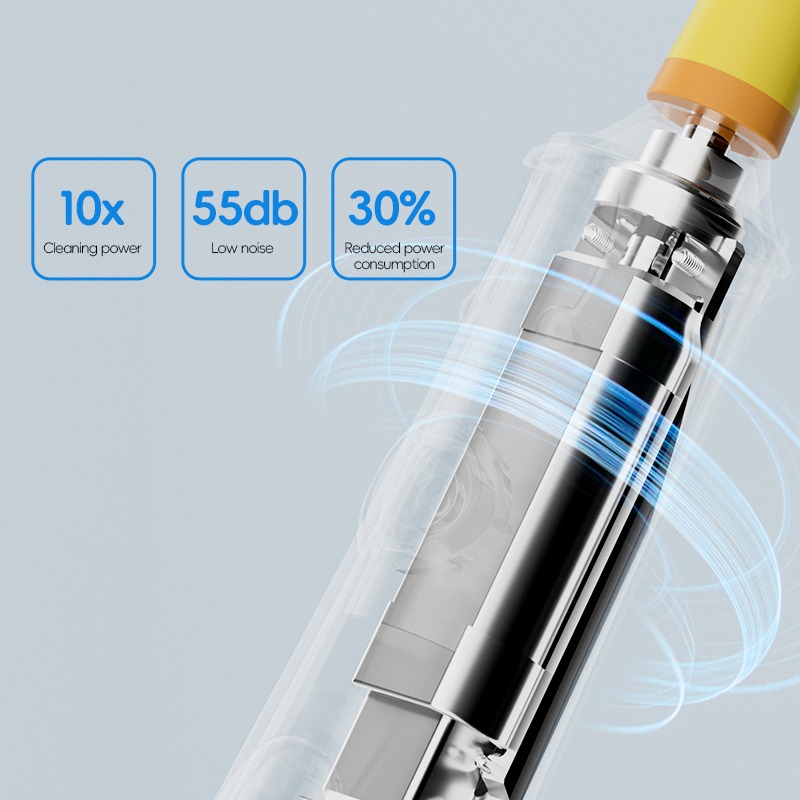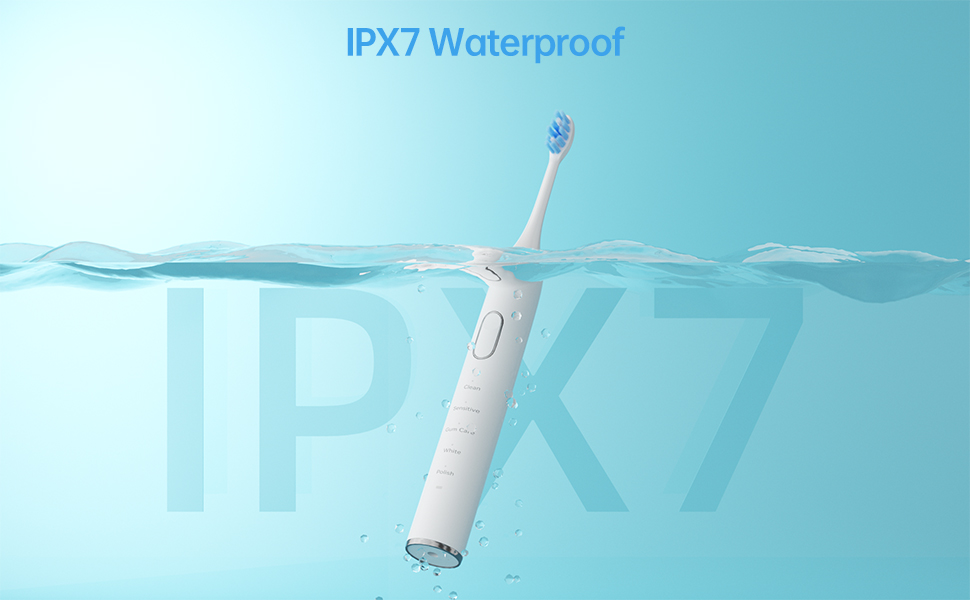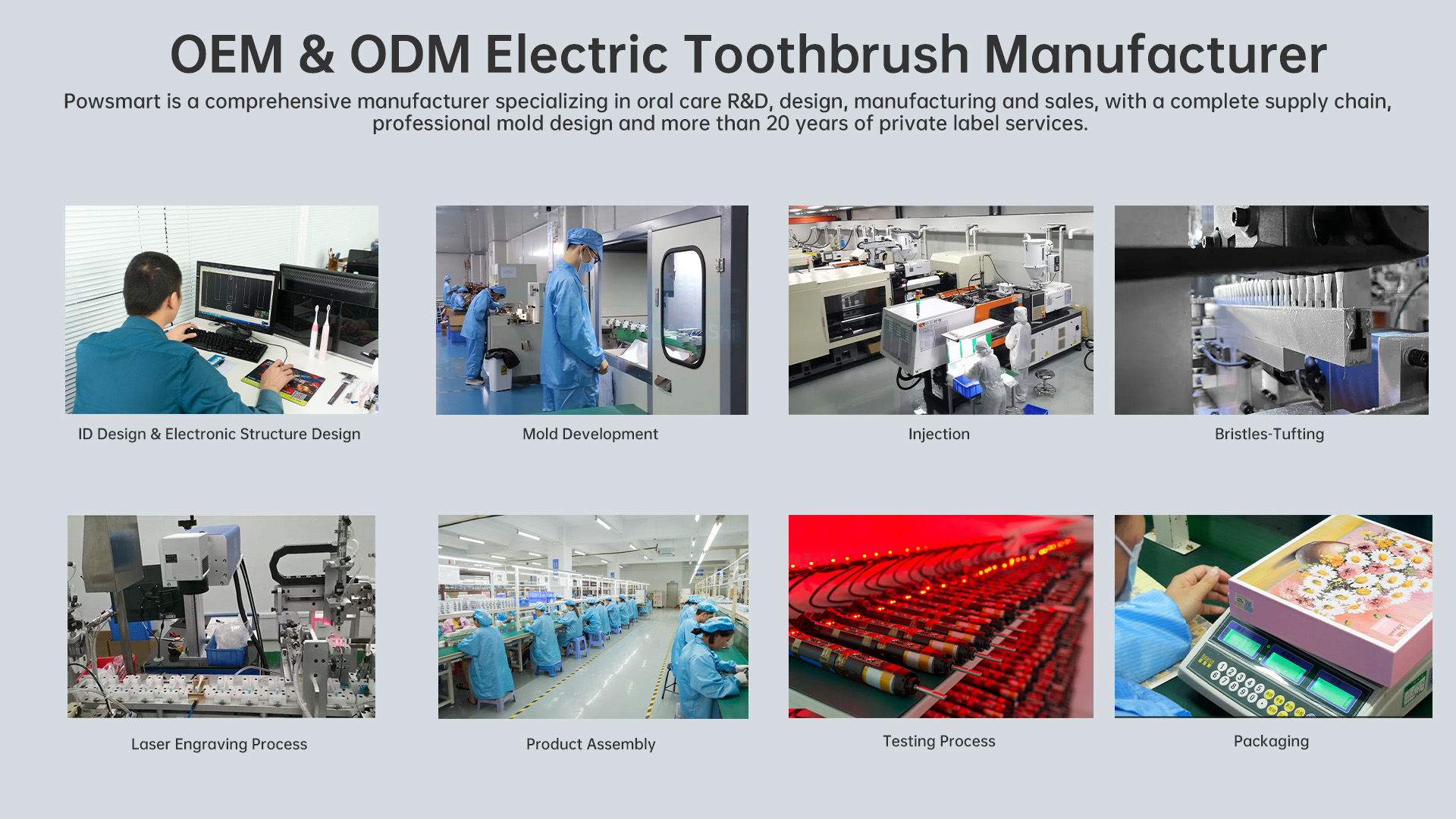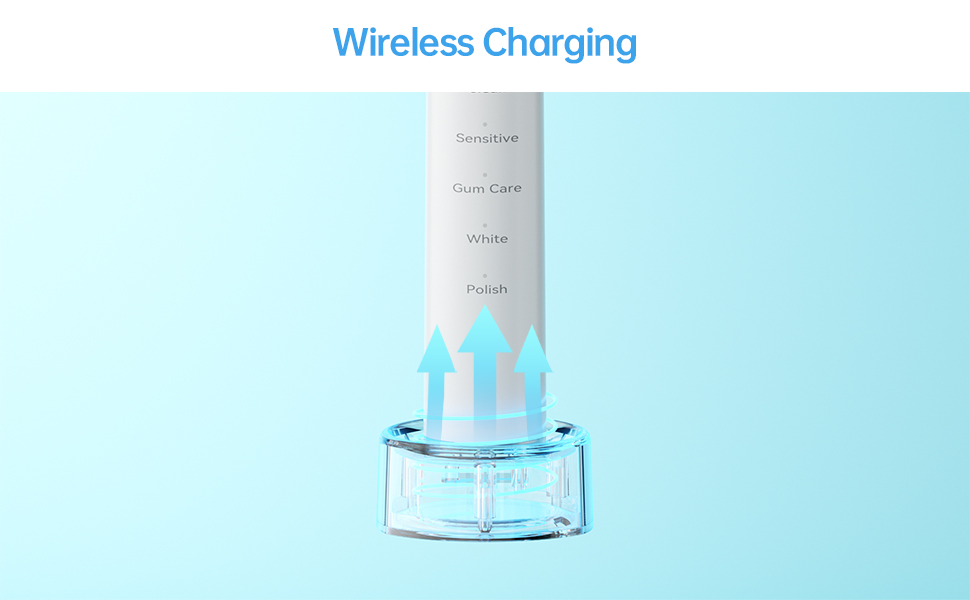In the world of electric oral care devices, user comfort is closely tied not only to cleaning performance but also to acoustic experience. However, an increasing number of noise complaints are now being traced back to a lesser-known issue: handle corrosion. What appears to be a simple design flaw can, over time, evolve into a serious quality concern affecting both user satisfaction and product longevity.
At first glance, handle corrosion may seem purely cosmetic. But when internal metal components within the handle oxidize—particularly around the motor mounts, drive shafts, or screw fixtures—it creates micro-vibrational shifts. These inconsistencies often result in unexpected mechanical buzzing, rattling, or high-pitched noise, especially during high-speed operation.
Over time, this seemingly minor noise becomes a major customer service headache—especially for premium models expected to deliver a smooth, quiet experience.
Handle corrosion often stems from overlooked factors during design or assembly, including:
The above flaws accelerate internal rusting, especially in humid or bathroom environments, which then directly contribute to noise complaints during use.company web: https://www.powsmart.com/product/electric-toothbrush/
Consumers often judge device quality by how it sounds. A brush that suddenly emits clicking, grinding, or resonance-type noise triggers immediate concern—even if cleaning power remains intact. According to multiple aftersales reports, units returned due to noise issues are frequently found to suffer from corroded inner handles or degraded support frames.
This directly undermines brand trust and can damage perception, especially in the B2C export or retail sector where user reviews drive purchasing decisions.
OEM factories and QA engineers should implement early-stage inspections that go beyond superficial testing. Recommendations include:
A proactive approach during production helps prevent handle corrosion from ever reaching the consumer.
If not addressed, handle corrosion becomes a long-term liability. It not only results in frequent product returns and increased warranty costs, but also disrupts the smoothness of product launches and damages supplier credibility in competitive bids.
Brands looking to position themselves as premium must demand advanced corrosion resistance features such as:
These not only eliminate noise-related defects but significantly increase lifecycle reliability.
At our manufacturing facility, we integrate dual-layer anti-corrosion measures and high-frequency noise filtering in all handle-related components. Our engineers work closely with clients to design handles that minimize both acoustic emissions and corrosion potential—especially for markets with high humidity or professional clinical use.
Noise complaints may sound like minor grievances, but their root cause—handle corrosion—can signal deep mechanical vulnerabilities. For electric oral care brands, solving this hidden flaw isn’t just about soundproofing—it’s about building trust, extending product life, and protecting your reputation.
Ready to upgrade your next electric brush line with corrosion-resistant technology? Contact our engineering team for materials consultation and acoustic performance optimization today. Comtact us


Is the Disinfection Stand for Electric Toothbrushes Useful? An OEM Analysis from the Factory
Travel Lock Failure Triggering Power Surge? The Overlooked Risk in Smart Oral Devices
.jpg)
Developing an Electric Toothbrush Sourcing Strategy?
Electric Toothbrush for Plaque Removal – Professional Cleaning for Dental Businesses
Hollow Motors Cause Compatibility Issues? Industry Secrets Exposed!
Do Water Flosser Battery leakage and Overheat Dangerously?

OEM Customization Solution for Water Flossers: Engineering Parameters Such as Water Tank Capacity, Nozzle Type, and Pressure Setting
.jpg)
Can Cartoons Improve Brushing Habits?
Does Motor Corrosion Cause App Connectivity Failures?
Hose Cracks Causing Water Pressure Instability?
Are Child safety Electric Toothbrushes Made from Materials?
.jpg)
Multiple Cleaning Modes in Electric Toothbrushes: OEM Options Explained

Boost Your OEM Sales: Top Complementary Electric Toothbrush Products for Every User Need

Want Electric Toothbrush Industry Insights for a Thorough Electric Toothbrush Competitor Analysis?
.jpg)
Overbrush Habit Causing Pulp Inflammation – Irreversible?
.jpg)
Is Your POWSMART Smart Rechargeable Toothbrush Leaking Battery?
.jpg)
Florida Electric Toothbrush – Powsmart PTR-C8

electric toothbrush heads Deep Clean

electric toothbrush heads Regular Clean

Customization Teeth Whitening Gel

electric toothbrush heads Ultra Soft

Electric toothbrush heads Charcoal Infused-Diamond

Private Label Whitening Gel

electric toothbrush heads Charcoal Infuse-Round
whstapp
whstapp
National Toll-Free Service Hotline
+86 755 86238638